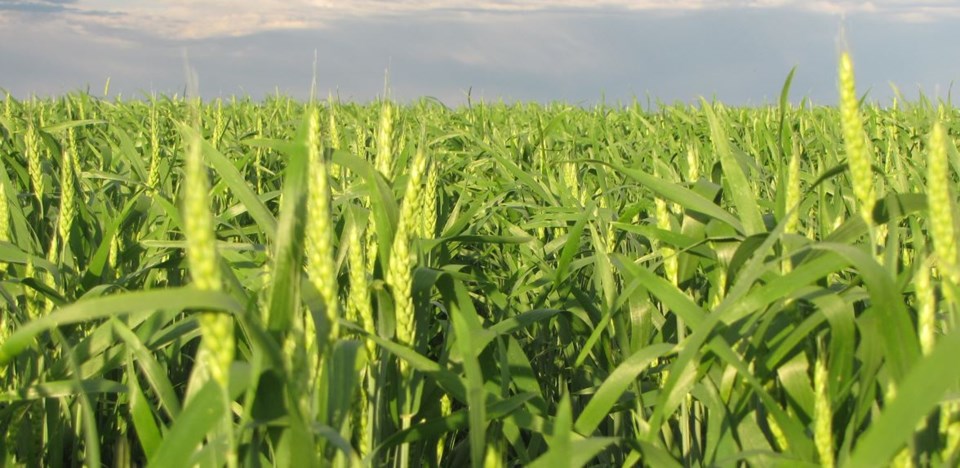Statistics Canada released its crop production estimates yesterday (Tues).
They project Saskatchewan's production of mustard seed to increase, but canola, spring wheat, durum wheat, barley, lentils, dry field peas, oats, flaxseed and canary seed are anticipated to decrease.
Chief Agricultural Editor of SaskAgToday.com Kevin Hursh dove into the numbers and calculated the average net return of each crop, using Saskatchewan estimated yields and the estimate of total cropping expenses from the Saskatchewan Ministry of Agriculture's Crop Planning Guide for 2023.
What he discovered was "there was hardly anything that actually produces a positive net return per acres."
Below is a chart of Hursh's analysis on crop return.
| Crop | SK Yield | Price | Gross/acre | Expenses/acre | Net/acre |
| Barley | 44.4 | 6.40 | 284 | 545 | (261) |
| Canary seed | 1079 | .45 | 486 | 547 | (61) |
| Canola | 32.7 | 17.50 | 572 | 658 | (86) |
| Chickpeas | 997 | .53 | 528 | 581 | (53) |
| Flaxseed | 17.1 | 15.50 | 265 | 506 | (241) |
| Lentils (r/g) | 919 | .39/.60 | 358/551 | 485 | (127)/66 |
| Mustard (b) | 573 | .78 | 447 | 456 | (9) |
| Oats | 68 | 4.50 | 306 | 493 | (187) |
| Peas (y/g) | 26.2 | 10.50/15 | 275/393 | 520 | (245)/(127) |
| Wheat, durum | 26.5 | 14.50 | 384 | 559 | (175) |
| Wheat, spring | 35.1 | 9.50 | 333 | 590 | (257) |
Hursh says the Stats Canada numbers are broad averages, with some crop yields measured in bushels per acre and others in pounds per acre.
Based on his calculations, the lone crop with a positive net return per acre was green lentils at 66 dollars, whereas red lentils are a loss of 127 dollars.
The only other crop that is close to a positive return is brown mustard, where it's a small loss of 9 dollars per acre.
"I think everyone has the impression the grain industry has been buoyant, has been profitable, (Saskatchewan) Crop Insurance has helped bridge the gap in 2021 and in 2022 in the dry areas, but when you look at these numbers with all the factors coming together the grain industry looks like its in a tighter situation than many of us have previously realized." Hursh noted.
Hursh called the average price between red and green lentils "a huge disparity" considering the price and net return being different. He also noticed a similar trend with yellow and green peas.
Hursh says it's been quite some time since he has seen so many numbers in the negative.
"In other words, you need to grow an above average crop in Saskatchewan to actually make any money, that's really what the numbers are telling us. If you only grew an average crop or you grew a below average crop and were topped up by Crop Insurance, you're really probably not making any return per acre if you're really honest about the costs involved." he said.



